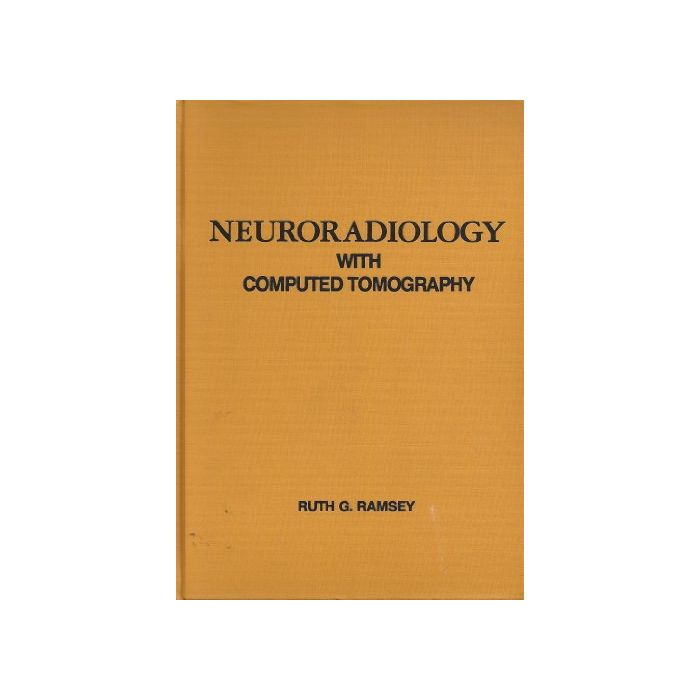Neuroradiology with Computed Tomography

- ISBN/EAN
- 9780721674445
- Editore
- Editori Vari
- Formato
- Cartonato
- Anno
- 1981
- Pagine
- 871
Disponibile
20,00 €
It was in 1918, after seeing Lockett's description of traumatic pneumocephalus, that Walter Dandy performed and reported the first air ventriculogram, which was soon followed by the first reported pneumoencephalogram. These were early special radiologic techniques that allowed accurate nonoperative localization of intracranial disease-an accomplishment not previously possible. Cerebral angiography was introduced in 1927 by Egas Moniz. Contrast media and injection devices improved over the years, an important advance being the Seldinger technique of femoral catheterization in 1953. At the present time, arteriography poses little danger, carries a high degree of assurance and achieves readily reproducible results. The addition of radionuclide scanning further im¬proved the diagnostic process.
In 1973, the introduction of Computed Tomography (CT) began to revolutionize neuroradiology totally. CT scanning uses ionizing radiation, but dosages are significantly lower than with other methods, and more information is provided. Furthermore, the CT scan is almost noninvasive and is performed with a minimum of discomfort to the patient. The study allows greater diagnostic accuracy than any other, and certain processes such as demyelinating diseases are de¬tectable by CT that are not seen by other radiologic procedures. Contemporary scanners provide more information in less time and with less danger than was ever thought possible.
A significant point is that computed tomography has actually reduced the number of radiologic procedures needed to arrive at a correct diagnosis, for often it is the only examination necessary before appropriate treatment can be instituted. Consequently, there has been a precipitous drop in the number of pneumo¬encephalograms, thus eliminating a great deal of discomfort as well as a small but significant morbidity. The use of cerebral angiography has not decreased as sharply, but some patients are spared this procedure as well. CT scanning also directs attention to those patients who will benefit most from angiography.
This book has two complementary purposes. First, the broad field of neuro-radiology is covered in sufficient depth to provide more than a primer on tradi¬tional neuroradiologic procedures. Second, students, residents and practicing radiologists need a modern description of the discipline of neuroradiology as it has been affected by computed tomography. For each neurologic disorder reviewed, CT scans are included whenever appropriate; in many instances, these are correlated with angiographic studies. Studies of the same patient are presented when available; otherwise, similar entities in different patients are illustrated. Evaluation of computed tomography both as an independent diagnostic tool and, more particularly, in comparison to older methods is thus made practical. Thus, readers may develop a base of knowledge in CT scanning either independent of or correlated with angiography.
Maggiori Informazioni
| Autore | Ramsey Ruth G. |
|---|---|
| Editore | Editori Vari |
| Anno | 1981 |
| Tipologia | Libro |
| Lingua | Inglese |
| Disponibilità | Ultime Copie |
Questo libro è anche in:
